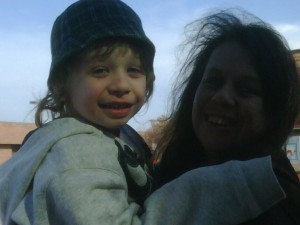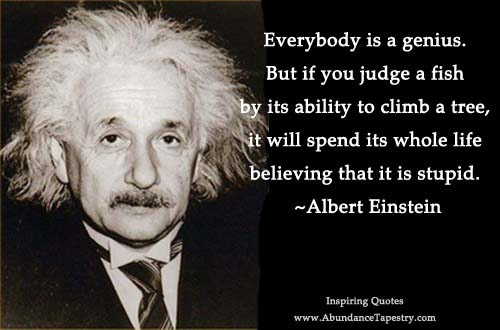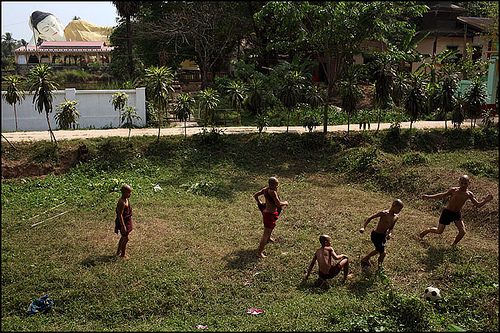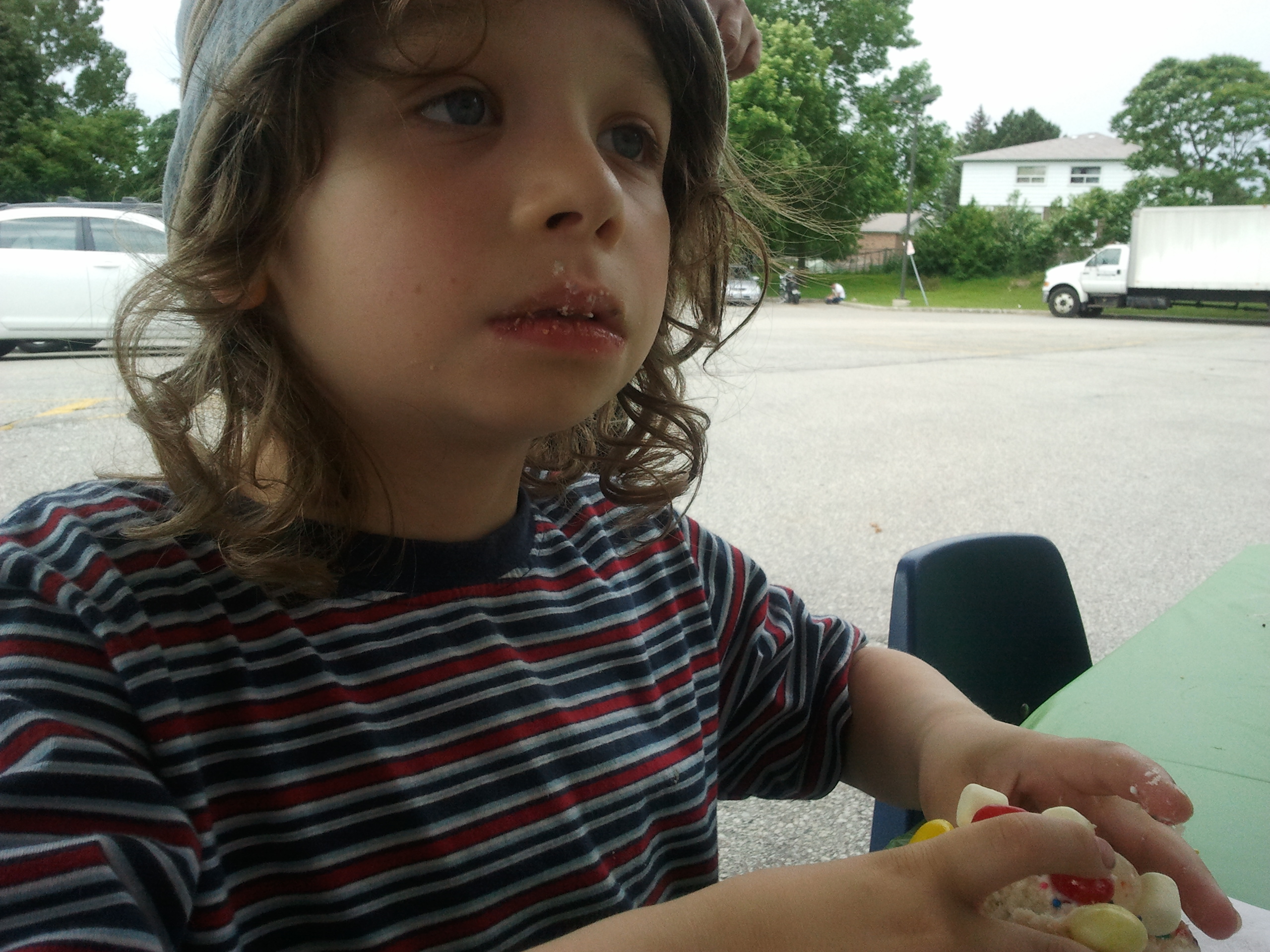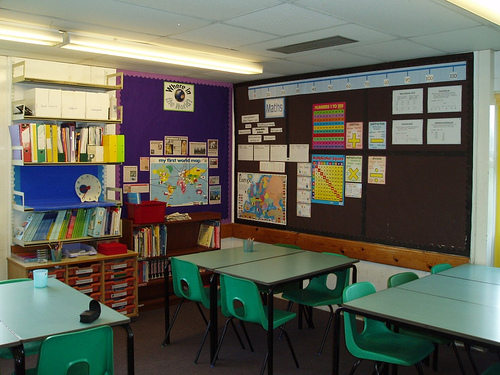Being an autism parent comes with many challenges. One of them is society’s tendency to sensationalise people with autism who have any kind of talent. Temple Grandin, for instance, is frequently held up as a shining example of what autistic individuals might be able to accomplish. So, bizarrely, is Rain Man, who isn’t even real.
One of the latest autism whiz kids is a young woman by the name of Carly Fleischmann. She is non-verbal, and at a young age doctors predicted that her cognitive development would be limited. She had a breakthrough when she typed a message on a computer, and since then the world of communication has opened up to her. With the help of her father, she has written a book, Carly’s Voice, giving an insider’s view of autism.
My reaction to Carly’s story is a mixture of admiration and skepticism. Admiration because this girl has clearly achieved more than anyone thought she would. She has found a way to communicate, she has co-authored a book, and by all accounts she is now attending college. Good for her. And I don’t say that in a snarky, sarcastic way. I say it with all sincerity.
The skepticism arises from her reaction at being rejected as a Cover Girl model. She seems to be of the opinion that (a) Cover Girl rejected her because she has autism, and that (b) the reason Cover Girl should have accepted her is because she has autism.
Let me pause for a moment to say that I’m not intending to start a big debate about media portrayals of beauty. Yes, I know that the models we see on magazine covers have been Photoshopped to Kingdom Come. Yes, I’m aware that real people don’t look like that in real life.
I also know that physical beauty has nothing whatsoever to do with the presence or absence of autism. There are ordinary-looking people with and without autism, and there are absolutely show-stoppingly gorgeous people with and without autism. As the parent of a child with autism, I have heard many insults and unfair stereotypes aimed at people who are on the spectrum. But I have never heard anyone claim that people with autism are ugly.
This leads me to the following question: should Carly Fleischmann be granted a Cover Girl contract in spite of not meeting their physical standards, just because she has autism? I’m no oil painting myself, but I would venture to say that I have just as much inner beauty as Carly does. Why, then, should she have more entitlement to be a Cover Girl model than me? I’ve also overcome challenges and accomplished great things.
My son George is ten. He is described as “functionally verbal”, which means he has enough verbal communication to meet his needs. He has enough words to make requests and get by, but he cannot have a conversation. He has good academic skills, but lacks the ability to apply the academic concepts to real life. He can independently get dressed and use the washroom, and he can make himself a sandwich or pour himself a glass of milk. But he would not look at the colour of a traffic light before crossing the road, and if you gave him $10 and put him in a store, he wouldn’t know what to do.
I am big on accommodations for kids with autism. My child needs plenty of them, and if I’m to be realistic, he’ll more than likely need accommodations well into adulthood. He’ll probably be able to hold down a career – maybe he’ll even get to go to college – but he will almost definitely need to have his environment adapted in a way that enables him to succeed.
But.
I would not want my son to be on the cover of some magazine just because he has autism – unless it was a magazine about autism, or at least a magazine featuring a story about autism.
Look, if my son turns out to be the fastest athlete in the province but is denied a place on the Olympic team just because of his autism, I will turn into the world’s biggest autism advocate warrior mom. But if he misses the Olympic qualifying standards, would I want him to be given a place on the team anyway, just because he has autism? Hell, no.
I want my son to come by his accomplishments and accolades honestly, by earning them. I don’t want people to say that he got this job or won that award “just because he has autism”.
What do you think? Is Carly Fleischmann right to be upset over not being accepted as a Cover Girl model? Am I short-changing my son by wanting him to be judged by the same standards as other people?
This is an original post by Kirsten Doyle. Photo credit: mhs.journalism. This picture has a creative commons attribution license.






